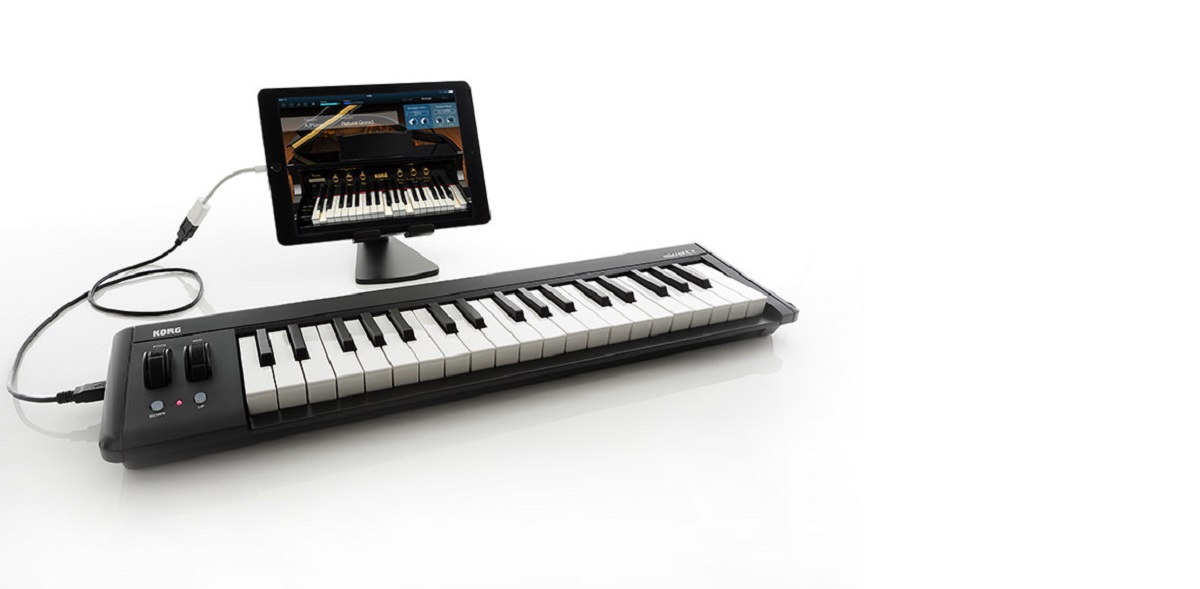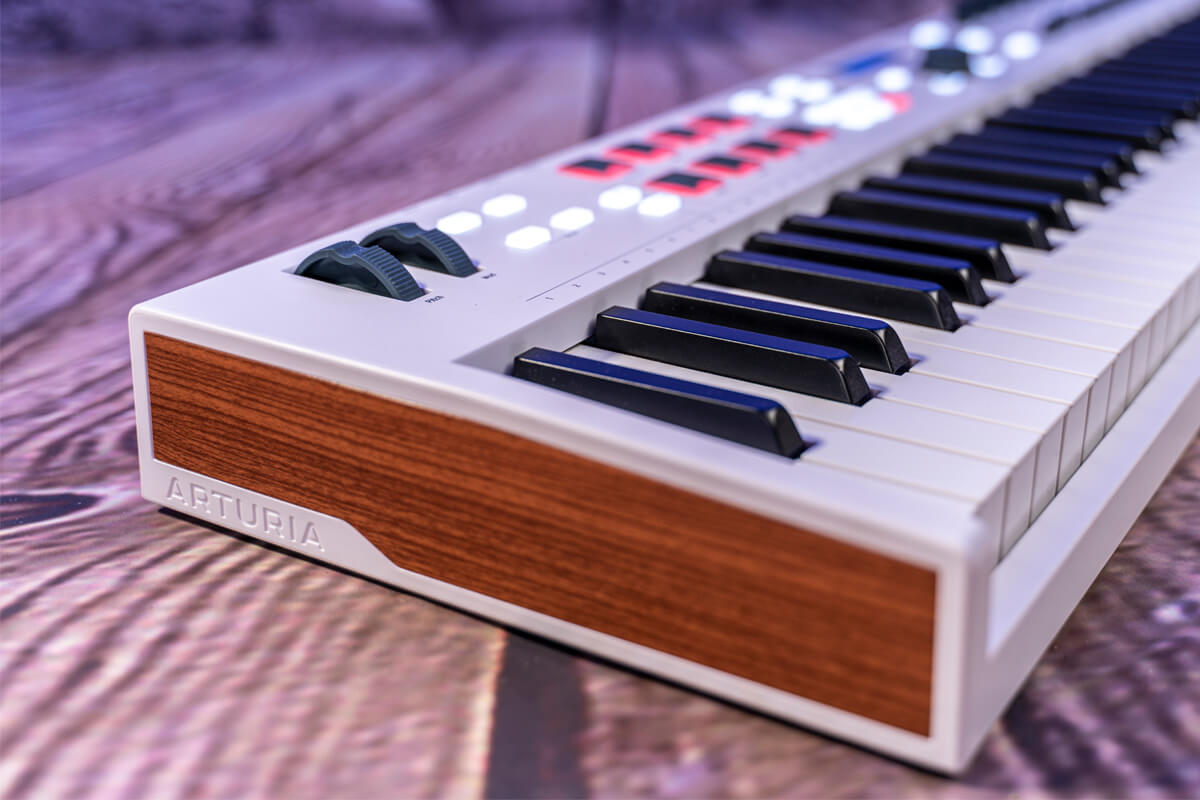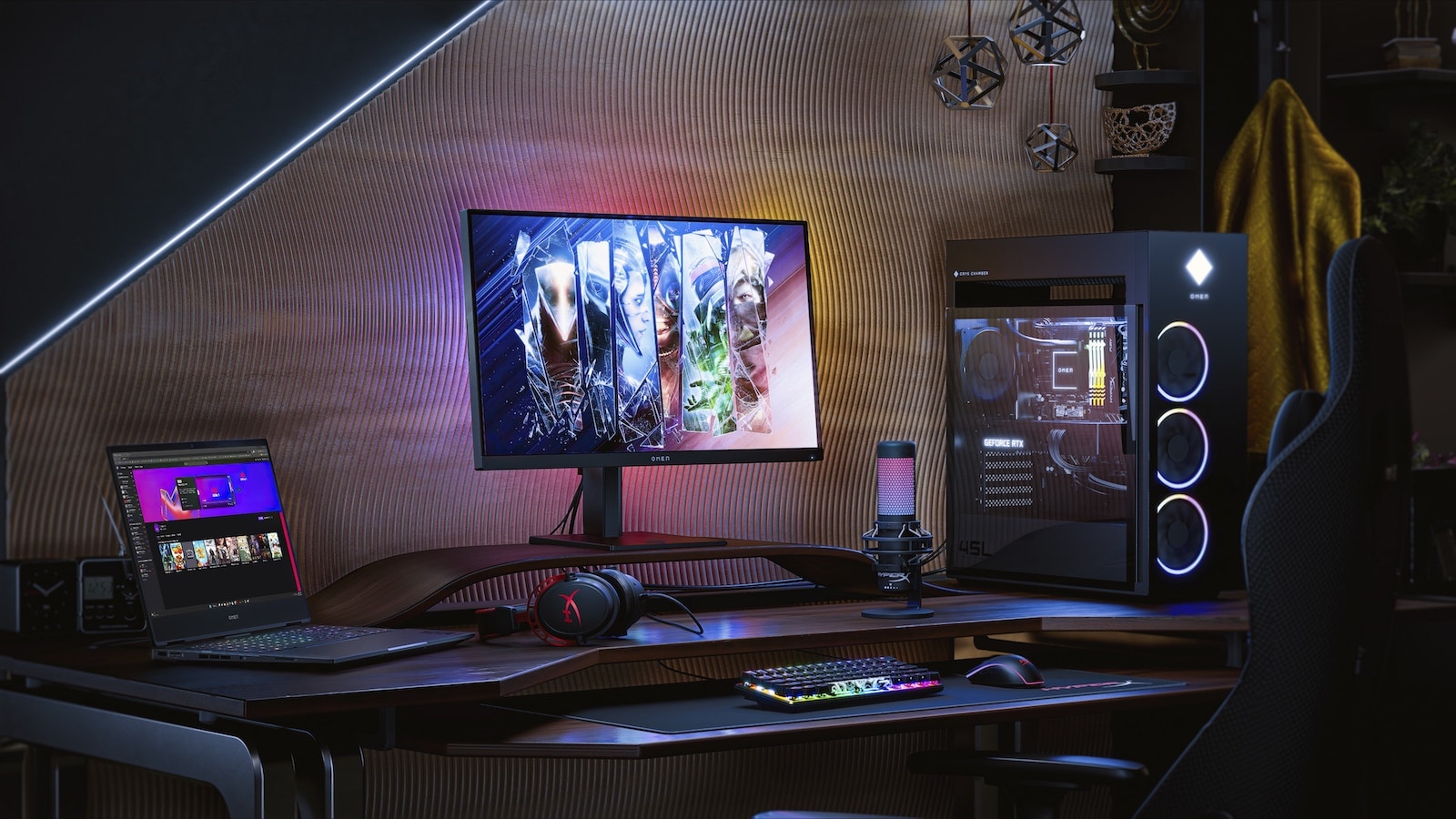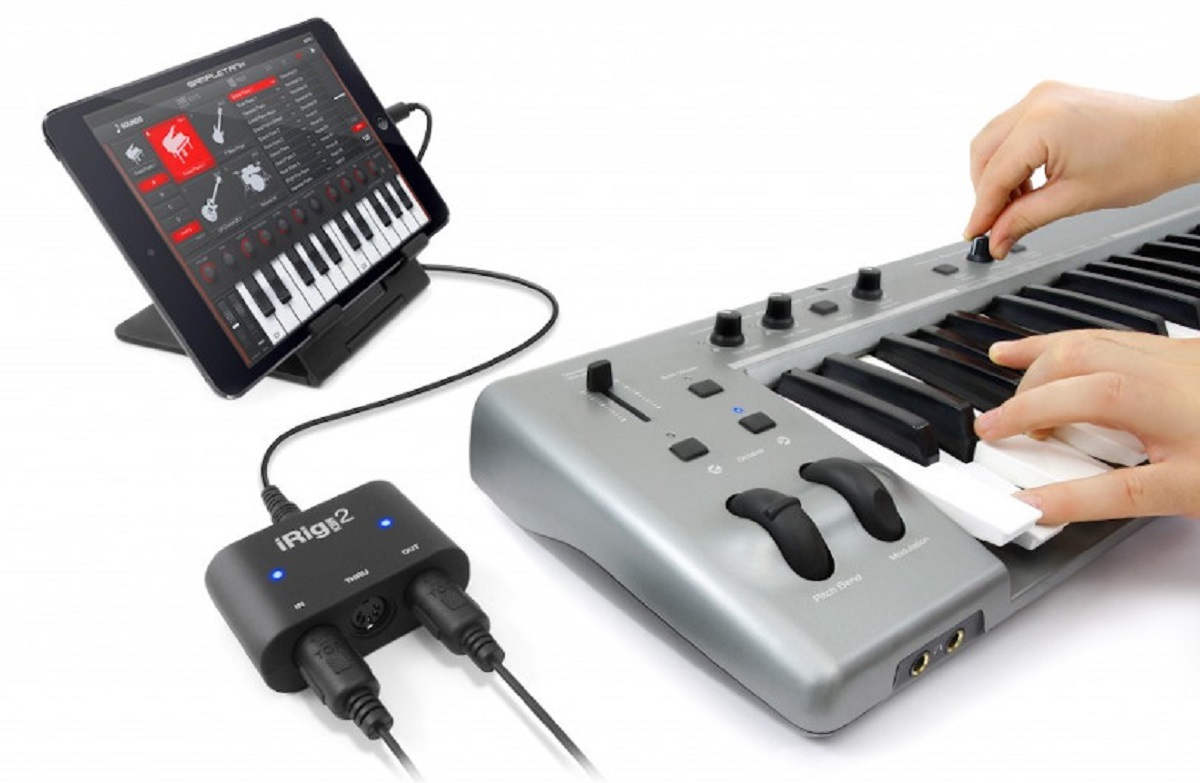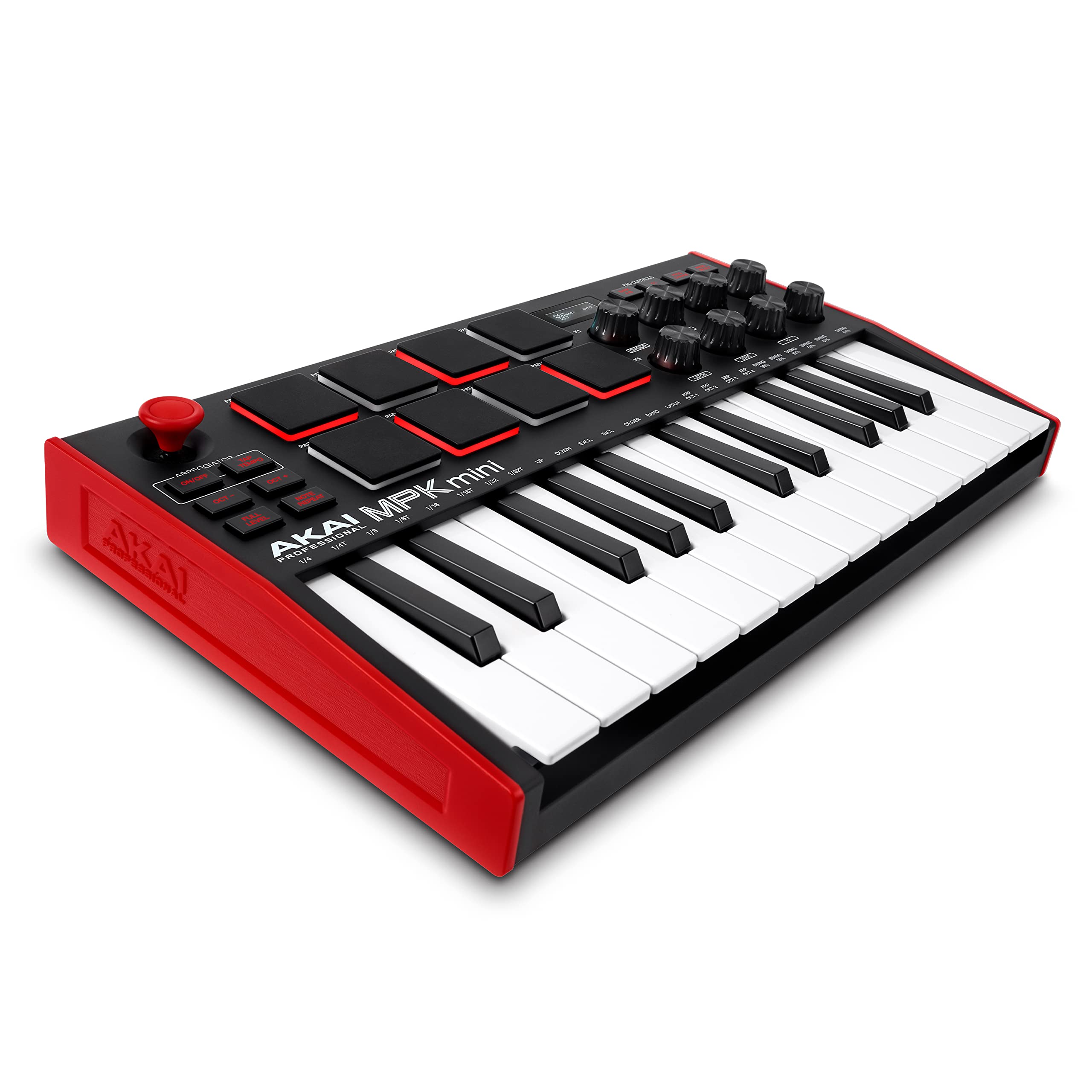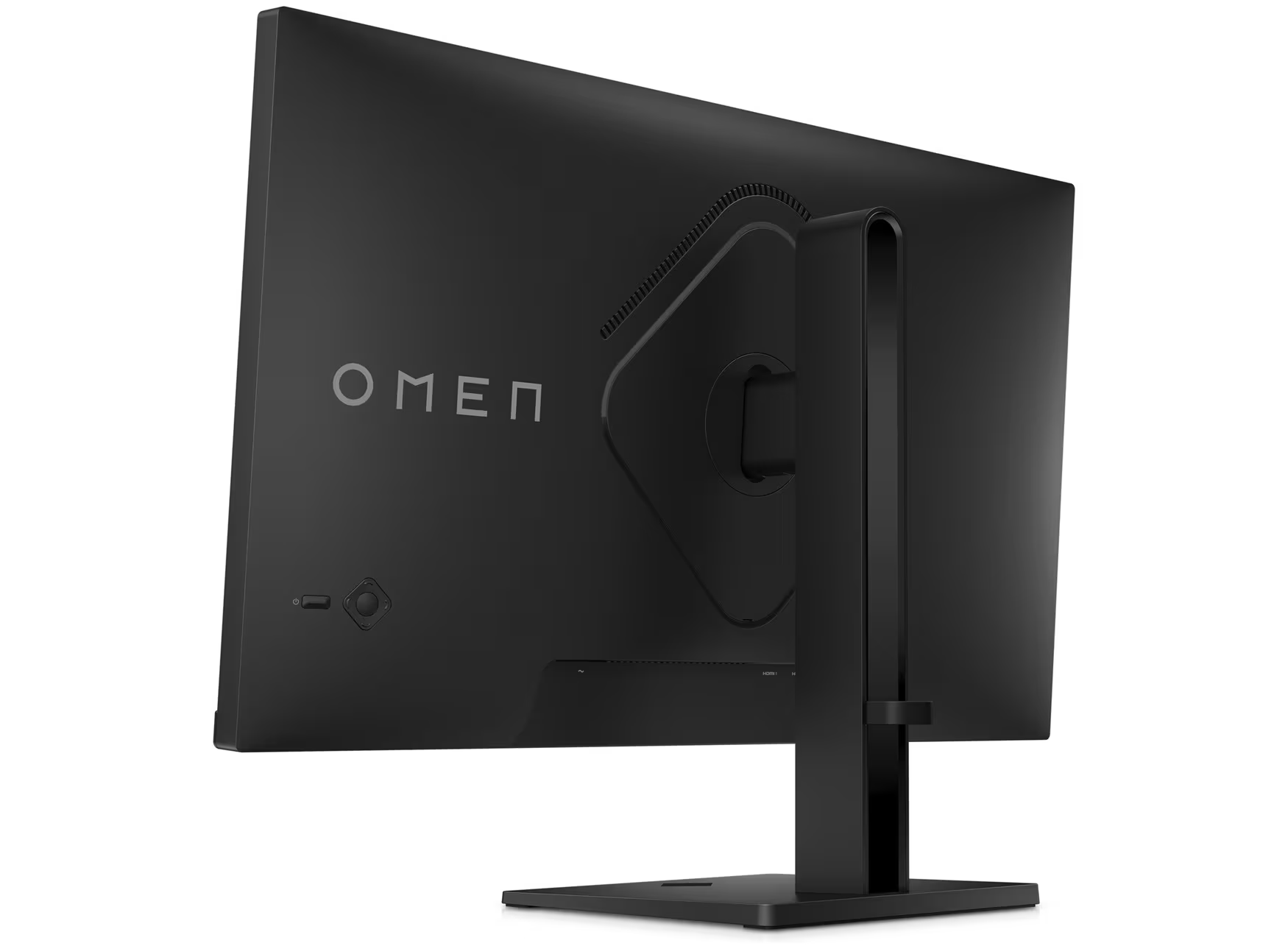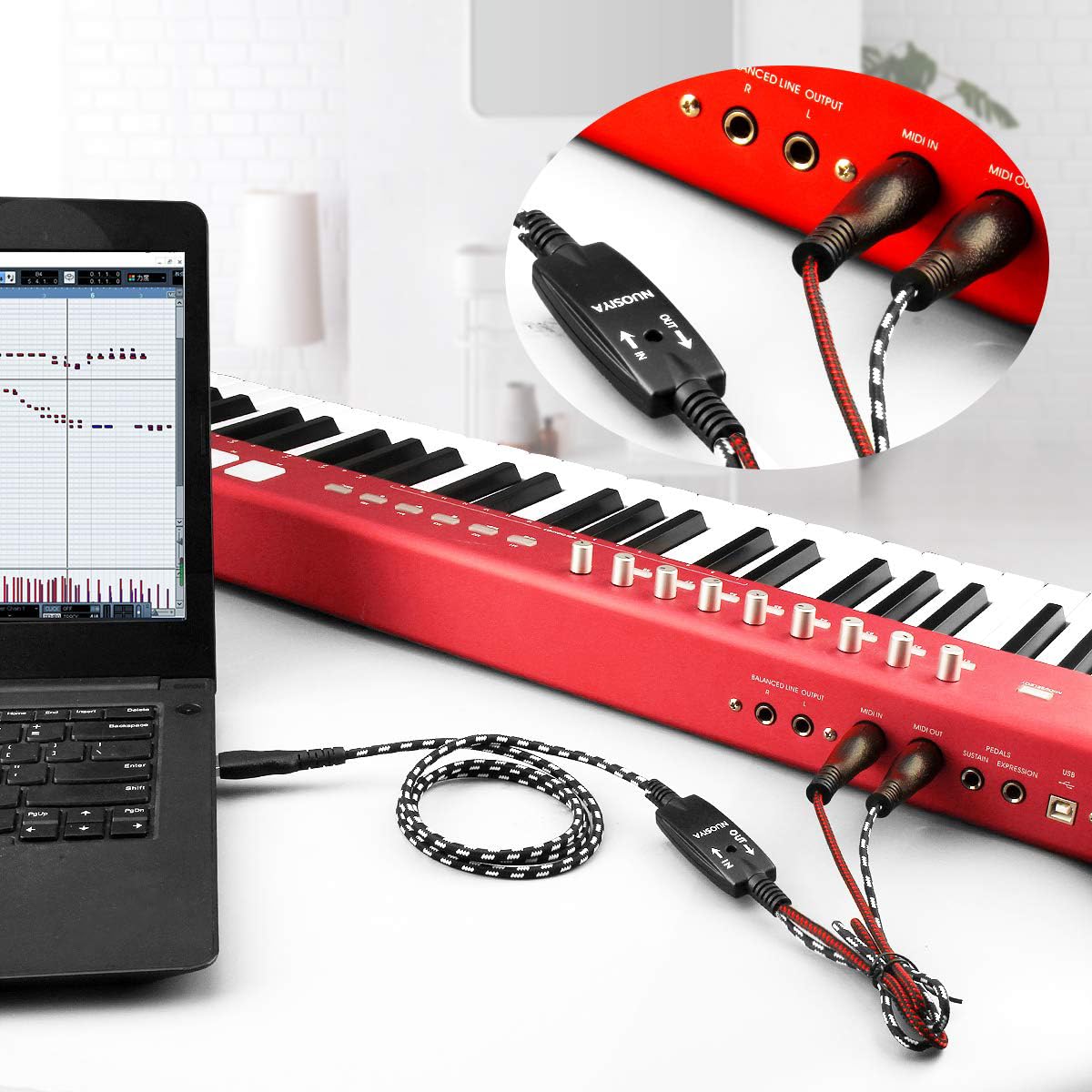Introduction
Setting up a MIDI keyboard in Mixbus 32C can significantly enhance your music production workflow, allowing for intuitive control over various parameters and instruments within the software. By integrating a MIDI keyboard, you can seamlessly translate your musical ideas into digital compositions, leveraging the tactile response and expressive capabilities of a physical instrument.
In this comprehensive guide, we will walk you through the step-by-step process of configuring your MIDI keyboard within Mixbus 32C, ensuring that you can harness its full potential to streamline your creative process. Whether you are a seasoned producer or a budding musician, understanding how to set up and utilize a MIDI keyboard in Mixbus 32C can unlock a world of possibilities, enabling you to craft dynamic and engaging musical arrangements with ease.
By following the instructions outlined in this guide, you will gain a deeper understanding of how to establish a seamless connection between your MIDI keyboard and Mixbus 32C, customize MIDI controls, and test the functionality to ensure a smooth integration. Embracing the versatility of MIDI technology within Mixbus 32C can empower you to explore new sonic landscapes and infuse your compositions with a heightened level of artistry.
As we embark on this journey, prepare to elevate your music production experience by harnessing the potential of your MIDI keyboard within Mixbus 32C. Let's delve into the intricacies of setting up and optimizing your MIDI keyboard to unleash a world of creative possibilities within the realm of digital music production.
Step 1: Connecting Your MIDI Keyboard
Before delving into the intricacies of MIDI configuration within Mixbus 32C, the initial step involves establishing a physical connection between your MIDI keyboard and the computer running the software. This pivotal connection serves as the bridge through which your musical inputs are transmitted to Mixbus 32C, enabling real-time interaction with virtual instruments and parameters.
Begin by locating an available USB port on your computer, as most modern MIDI keyboards utilize USB connectivity for seamless integration with digital audio workstations (DAWs) such as Mixbus 32C. Once identified, proceed to connect the USB cable from your MIDI keyboard to the USB port on your computer, ensuring a secure and stable connection.
If your MIDI keyboard predates the widespread adoption of USB connectivity, it may feature MIDI ports for input and output. In this scenario, you will need a MIDI-to-USB interface to facilitate communication between the keyboard and your computer. Connect the MIDI OUT port of your keyboard to the MIDI IN port of the interface using a standard MIDI cable. Subsequently, connect the USB end of the interface to an available USB port on your computer.
Upon establishing the physical connection, power on your MIDI keyboard and ensure that it is recognized by your computer. Depending on your operating system, you may need to install specific drivers to enable seamless communication between the MIDI keyboard and your computer. Refer to the manufacturer’s instructions or website to download and install the requisite drivers, if necessary.
With the physical connection in place and the MIDI keyboard successfully recognized by your computer, you have completed the initial step towards integrating your MIDI keyboard with Mixbus 32C. The next phase involves configuring MIDI input within the software to enable bidirectional communication between your keyboard and the digital instruments and controls within Mixbus 32C.
Step 2: Configuring MIDI Input in Mixbus 32C
Once the physical connection between your MIDI keyboard and computer is established, the next crucial step involves configuring MIDI input settings within Mixbus 32C. This pivotal configuration enables the software to recognize and respond to input signals from your MIDI keyboard, laying the foundation for seamless integration and control over virtual instruments and parameters.
Upon launching Mixbus 32C, navigate to the preferences or settings menu, typically located in the toolbar or under the main application menu. Within the preferences, locate the MIDI settings or devices section, where you can specify the MIDI input source. Select your connected MIDI keyboard from the available input devices, ensuring that Mixbus 32C is primed to receive MIDI data from your keyboard.
Depending on the specific model and capabilities of your MIDI keyboard, you may have the option to configure additional parameters such as MIDI channel assignments and key range mappings within the preferences menu. This level of customization empowers you to tailor the MIDI input settings to align with your preferred workflow and playing style, optimizing the responsiveness and behavior of the keyboard within Mixbus 32C.
After specifying the MIDI input source and any relevant customization options, it is advisable to perform a quick test to ensure that Mixbus 32C is successfully receiving MIDI input from your keyboard. Engage the keys or controls on your MIDI keyboard and observe the corresponding activity within Mixbus 32C, confirming that the software registers the incoming MIDI data in real time.
By meticulously configuring MIDI input settings within Mixbus 32C, you establish a direct line of communication between your MIDI keyboard and the software, fostering a dynamic and expressive environment for music production. With the groundwork laid for MIDI integration, the subsequent steps will focus on assigning MIDI controls to specific parameters within Mixbus 32C, unlocking a realm of creative possibilities and tactile manipulation.
Step 3: Assigning MIDI Controls to Parameters
After configuring the MIDI input settings within Mixbus 32C, the next pivotal phase involves assigning MIDI controls to specific parameters within the software. This process empowers you to map the physical controls and keys on your MIDI keyboard to virtual instruments, effects, and various parameters within Mixbus 32C, fostering a hands-on approach to music production and manipulation.
Begin by selecting the virtual instrument, effect, or parameter within Mixbus 32C that you intend to control using your MIDI keyboard. This could encompass adjusting the filter cutoff of a synthesizer, modulating the depth of an effect, or triggering specific functions within the software. Once the target parameter is identified, access the MIDI learn or MIDI mapping functionality within Mixbus 32C, typically found in the settings or control assignment menu.
Upon entering the MIDI mapping mode, engage the physical control on your MIDI keyboard that you wish to assign to the selected parameter within Mixbus 32C. This could involve rotating knobs, sliding faders, or pressing specific keys to establish the desired control mapping. As you interact with the MIDI controls, the software will recognize and assign the corresponding MIDI input to the targeted parameter, creating a direct link between the physical interface of your MIDI keyboard and the digital realm of Mixbus 32C.
Depending on the complexity of your MIDI keyboard and the depth of control offered by Mixbus 32C, you may have the flexibility to assign multiple MIDI controls to different parameters, facilitating intricate manipulation and expressive performance capabilities. This level of customization empowers you to tailor the MIDI control assignments to align with your artistic vision, providing a personalized and intuitive interface for shaping your musical compositions.
By meticulously assigning MIDI controls to parameters within Mixbus 32C, you bridge the gap between tactile manipulation and digital audio processing, infusing your music production workflow with a heightened level of interactivity and creative control. With the MIDI controls seamlessly integrated into the fabric of Mixbus 32C, you are poised to explore new sonic territories and craft captivating musical arrangements with precision and finesse.
Step 4: Testing Your MIDI Keyboard in Mixbus 32C
With the MIDI input settings configured and MIDI controls assigned to parameters within Mixbus 32C, the final step involves testing the functionality of your MIDI keyboard to ensure seamless integration and responsive interaction with the software. This crucial phase serves as a validation of the setup process, allowing you to verify that your MIDI keyboard effectively translates physical input into digital commands within Mixbus 32C.
Begin by selecting a virtual instrument or effect within Mixbus 32C that you have configured to respond to MIDI input from your keyboard. Engage the keys, knobs, or other assigned controls on your MIDI keyboard and observe the real-time impact on the selected parameters or instruments within the software. As you interact with the MIDI controls, ascertain that the corresponding actions are accurately reflected in Mixbus 32C, validating the bidirectional communication between your keyboard and the software.
Test the responsiveness and sensitivity of the MIDI controls, ensuring that subtle nuances and dynamic expressions are faithfully captured and translated within Mixbus 32C. This entails experimenting with varying degrees of pressure, velocity, and modulation on your MIDI keyboard to gauge the breadth of control and expressiveness facilitated by the integration with Mixbus 32C.
Furthermore, explore the functionality of any additional MIDI controls that you have assigned to parameters within the software, such as faders, knobs, or buttons. Verify that these controls exhibit the expected behavior and influence the corresponding parameters within Mixbus 32C as intended, reinforcing the seamless synergy between your MIDI keyboard and the digital realm of music production.
By rigorously testing your MIDI keyboard within Mixbus 32C, you affirm the effectiveness of the setup and configuration process, validating the cohesive integration of physical input and digital response. This hands-on validation ensures that your MIDI keyboard serves as a versatile and expressive tool within Mixbus 32C, empowering you to channel your musical ideas and creativity with precision and fluidity.
Conclusion
Congratulations! By following the comprehensive guide outlined in this tutorial, you have successfully navigated the process of setting up and optimizing your MIDI keyboard within Mixbus 32C. Through the meticulous configuration of MIDI input settings, the assignment of MIDI controls to parameters, and the rigorous testing of your MIDI keyboard, you have established a seamless and dynamic integration between the physical interface of your MIDI keyboard and the digital realm of music production encapsulated within Mixbus 32C.
Embracing the capabilities of your MIDI keyboard within Mixbus 32C empowers you to transcend traditional workflows, unlocking a world of creative possibilities and expressive control over virtual instruments, effects, and various parameters. The tactile nature of your MIDI keyboard bridges the gap between physical interaction and digital manipulation, fostering a fluid and intuitive environment for crafting compelling musical compositions with precision and finesse.
As you continue your musical journey with Mixbus 32C and your MIDI keyboard, remember that the flexibility and customization afforded by MIDI integration allow for a personalized and immersive music production experience. Whether you are sculpting intricate soundscapes, performing expressive melodies, or modulating sonic textures, your MIDI keyboard serves as a versatile and indispensable tool for realizing your artistic vision within the realm of digital music production.
Harness the expressive potential of your MIDI keyboard to breathe life into your musical creations, leveraging its nuanced control and real-time interaction to infuse your compositions with depth and emotion. As you explore the boundless horizons of music production within Mixbus 32C, the seamless integration of your MIDI keyboard will continue to serve as a conduit for your artistic expression, empowering you to shape and sculpt captivating sonic narratives with unparalleled dexterity and creativity.
With your MIDI keyboard harmoniously integrated into the fabric of Mixbus 32C, you are poised to embark on a journey of sonic exploration and musical innovation, where the boundaries between physical performance and digital manipulation dissolve, giving rise to a symbiotic relationship between your creative impulses and the captivating realm of digital music production.







